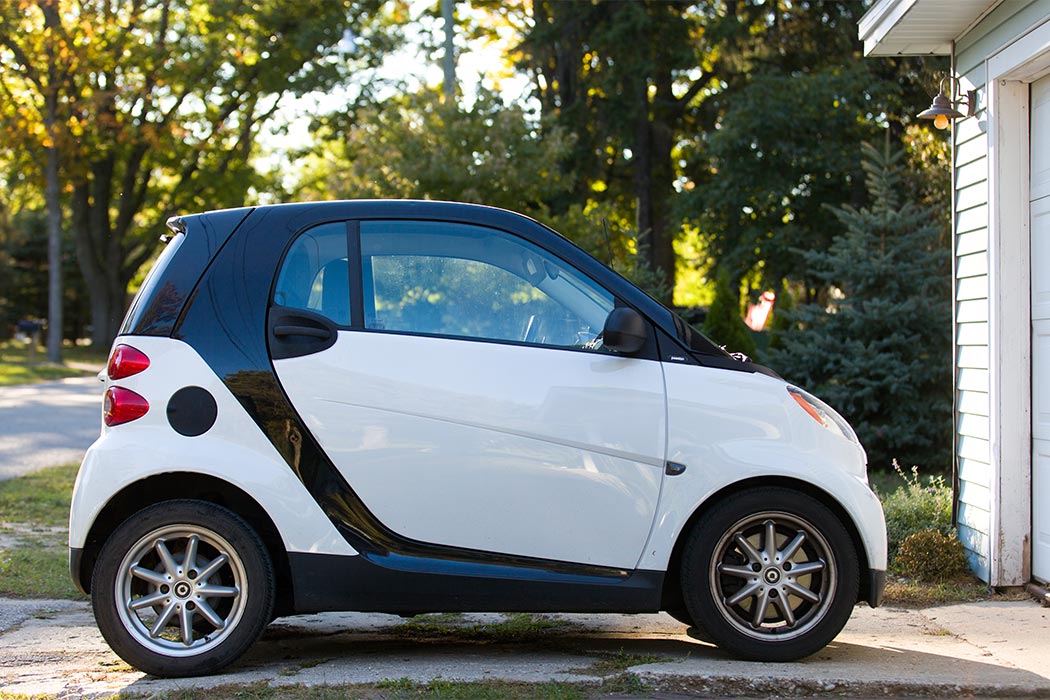Gasoline prices have been on the decline this year, and, predictably, so has consumer interest in fuel-efficient cars. Of course, even if we’re less concerned about the cost of gas, the environmental problems of gas-guzzling vehicles are as pressing as ever.
This is where government policies come in. But what encourages the use of vehicles with smaller carbon footprints? Arie Beresteanu and Shanjun Li consider this question in a 2011 paper for the International Economic Review.
Beresteanu and Li looked at the increased demand for hybrid gas-electric vehicles like the Prius. In the U.S., sales of the cars grew from 10,000 in 2000 to 346,000 in 2007. Rising gas prices and government subsidies—first a tax deduction and then, starting at the beginning of 2006, a tax credit worth up to $3,400—helped encourage this growth.
Looking at vehicles sales in 22 U.S. metropolitan areas, Beresteanu and Li developed a model to estimate how much each of those factors contributed to the growth in hybrid sales. They considered the gas prices in each area, the amount that households in different places would benefit from a tax incentive, and other factors.
Ultimately, they found that hybrid sales in 2006 would have been 37 percent lower if gas prices had stayed at 1999 levels, while they would have been 20 percent lower if not for the federal tax credit.
This meant the government paid $75 for each barrel of gasoline consumption it eliminated, and $177 per ton of carbon dioxide emissions avoided.
Beresteanu and Li also found that a tweak to the subsidy could have made the program a bit more efficient.
The researchers note that the income tax credit as it currently exists cannot reduce a household’s federal income tax liability below zero. That means that if your income tax for the year is less than the amount of the credit for buying a hybrid—something quite likely if you have a low to moderate income—you can’t get the full benefit. So the structure of the incentive means people who would benefit most from an extra $3,000—and who would be most apt to change their mind about which car to buy based on the incentive—are the least likely to be able to qualify for it.
Beresteanu and Li suggest that a rebate, which would be paid regardless of a household’s tax burden, would be a more effective policy. The government paid $134.43 million in tax credits to help reach an average vehicle fuel efficiency of 23.19 miles per gallon in 2006, but the researchers’ model shows it could have achieved the same result for only $113.6 million using rebates.







